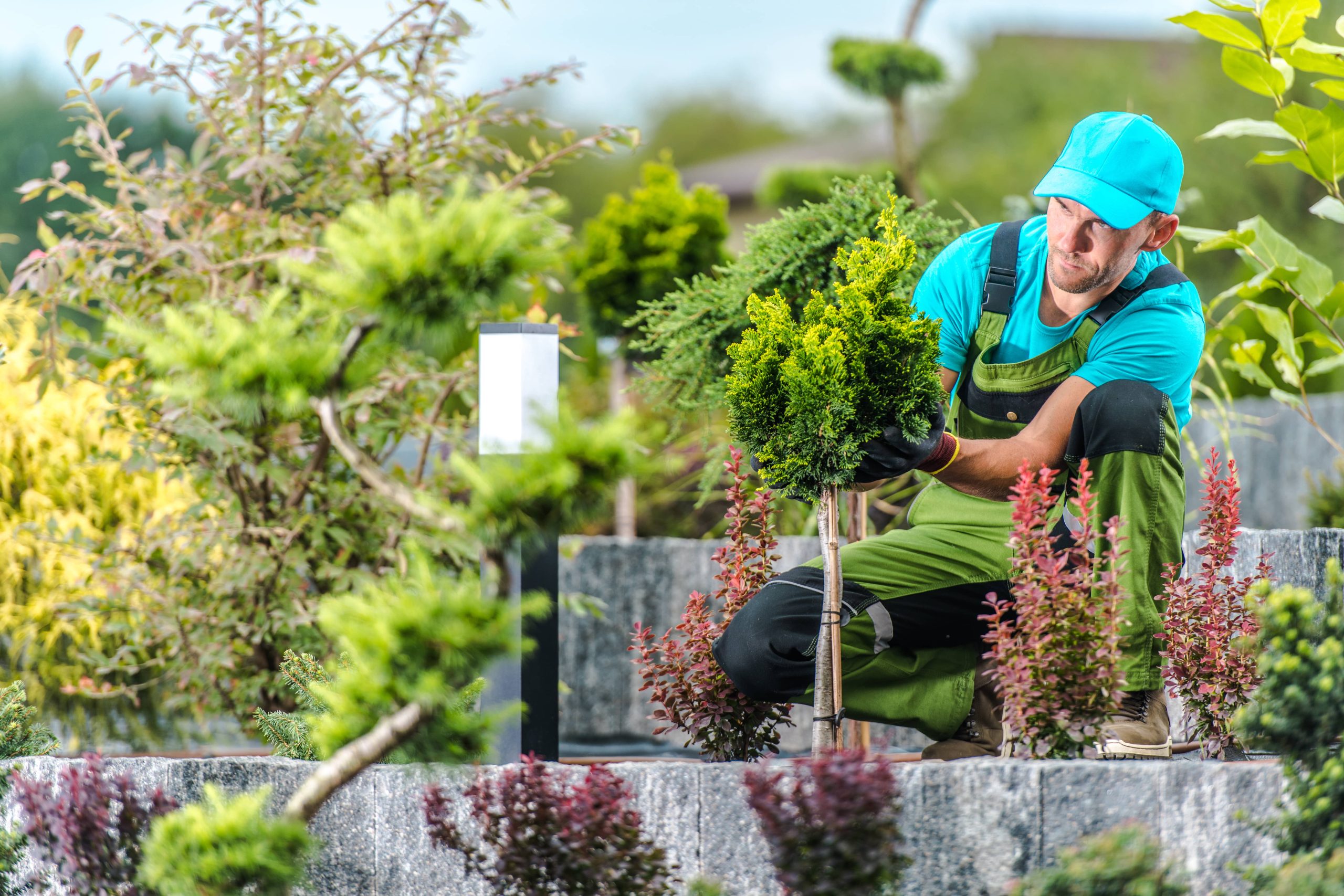
Adding a garden pond to your outdoor space can transform your landscape into a peaceful haven. The calming effect of water, combined with the beauty of aquatic plants and perhaps a few vibrant fish, can create a focal point that captivates both residents and visitors alike. This comprehensive guide will walk you through everything you need to know about designing a garden pond, ensuring that your new addition not only looks stunning but is also functional and sustainable.
Understanding the Basics
Before you start digging, it’s important to understand the basics. A garden pond is essentially a small body of water that can be natural-looking or highly stylized, depending on your aesthetic preferences.
Location, Location, Location:
Choosing the right site for your pond is critical. Ideally, the pond should receive at least 4-6 hours of sunlight per day to support plant life. Avoid placing it directly under trees to minimize falling debris, which can complicate maintenance. Consider proximity to a water source and electrical supply if you plan on using pumps or lighting.
Size and Depth:
Consider how you plan to use the pond to determine its size and depth. A small pond (under 200 square feet) is quite manageable and fits well into most landscapes. Depth varies depending on your climate and the pond’s purpose. For example, ponds for fish should be at least 2-3 feet deep in colder climates to prevent freezing.
Design and Style Considerations
Shape and Form:
The shape of your pond should complement the overall design of your garden. Naturalistic ponds often have irregular shapes with gentle curves and edges, blending seamlessly into the landscape. Formal ponds, on the other hand, generally feature geometric shapes with defined lines and edges, suitable for more structured gardens.
Materials:
Choose lining materials that suit your needs and budget. Flexible liners like EPDM rubber provide durability and adaptability to any shape. For a more permanent structure, consider concrete, though it requires more expertise to install.
Incorporating Plants and Wildlife
Aquatic Plants:
Plants are essential for a healthy pond ecosystem. They provide shade, reduce algae growth, and produce oxygen. Incorporate a variety of species, including:
– Marginal plants such as water lilies and cattails, which grow along the edges.
– Submerged plants like hornwort that help oxygenate the water.
– Floating plants such as duckweed to provide shade and reduce algae.
Fish and Wildlife:
Introducing fish like goldfish or koi can add vibrant color and movement to your pond. However, be mindful of your pond’s size and the climate when stocking fish. Building shallow areas in the pond encourages visits from frogs and birds, adding to the biodiversity of your garden.
Maintaining a Healthy Ecosystem
Filtration and Pumps:
A pond filter system is essential for maintaining clear water and a healthy environment for plants and animals. Filters remove debris, toxins, and excess nutrients from the water. Consider a biological filter that breaks down waste naturally. A pump is also necessary to circulate the water, preventing stagnation and supporting oxygen levels.
Water Quality:
Regularly test the water for pH levels, ammonia, nitrates, and other factors. A balanced pH around 6.8 to 8.0 promotes fish and plant health. Be prepared to adjust the water chemistry as needed, possibly with the help of water additives or custom filtration solutions.
Practical Enhancements
Lighting:
Illuminating your pond can provide an enchanting nighttime view. Submerged lights with low voltage are safe and offer a subtle glow. Use uplighting strategically to highlight plants and water features.
Water Features:
Consider adding water features, such as fountains or small waterfalls. They enhance aesthetic appeal, create soothing sounds, and help oxygenate the water. Choose energy-efficient options that suit your pond’s scale.
Sustainable Practices
Designing a garden pond goes hand in hand with promoting sustainable gardening practices. Prioritize native plants that are adapted to your locale, reducing the need for fertilizers and pesticides. Use pond water for irrigation, contributing to water conservation efforts.
Finally, plan for routine maintenance. Regularly skim debris, trim back excessive plant growth, and perform seasonal cleanouts to keep your pond in top shape. Remember that a well-designed pond requires attention and care to flourish.
Conclusion
Designing a garden pond is a rewarding venture that brings tranquility and charm to your outdoor space. By carefully considering the pond’s location, size, design, and incorporation of plants and wildlife, you can create a vibrant aquatic ecosystem that delights the senses. With proper attention to maintenance and sustainability, your garden pond will become a treasured part of your home and garden landscape for years to come. Embrace the challenge, and enjoy the peaceful beauty of your new outdoor feature.







